A Guide to Residential Stucco Repair
Before siding and brick was the norm in home exteriors, stucco was a popular option.
In fact, if your house was built before 1950, chances are you have a stucco house. While this is a very durable exterior, stucco does need cleaned, painted and even repaired every so often.
Rain from nor’easters, late season ground saturating heavy snow, and general wear and tear can lead to cracks, holes, and potential expensive damage.
With a professional stucco repair and painting job, homeowners in the Philadelphia area can not only increase curb appeal, but protect their homes from this region’s harsh weather conditions.
What is stucco?
Exterior stucco on houses became popular in the 1930’s because of its relative low cost and durability.
It is a 2-3 step process where plaster is coated onto forms which could be wood, metal or almost anything used to frame a house.
Different areas of the country use local supplies in their stucco and the process itself has changed through the last 100 years.
What does damage to stucco look like?
Stucco is a layered exterior. Unlike a simple siding, stucco is applied in stages to achieve its durability. Any of these layers can become damaged by house settling, excess water, or something hitting the wall.
Damage might look like a crack heading up the wall, there could be crumbling of the exterior layer, or you might even see damage through all three layers.
Small cracks in your stucco might simply need a new coat of paint. This damage is more cosmetic or an aging issue.
Stucco also needs cleaned and refreshed periodically so repainting can really freshen up the outside of your home.
Before you head out to buy paint, check out a few things first.
Inspect the entire home
While you might not notice additional damage, take the time to inspect everything. Hopefully you simply have some minor cracks but you don’t want to paint over something when you need a more permanent solution.
Decide on supplies and project scope
When repainting your stucco, it might be a good time to recaulk your home as well.
Check your windows and doors and see if it’s time to replace the seals.
Also, are you repainting simply one area, an entire wall, or the whole house? As with any home project, knowing when to stop is just as important as starting the project in the first place.
Decide on a color
Are you matching the existing color or looking for a bold new look? Make a few choices so the wall of paint choices is not overwhelming.
Clean the house
Pressure washing your home first will help remove dirt, help the paint adhere correctly, and add to a beautiful finish.
Necessary tools needed for stucco repair
Once you’ve made some planning decisions, you can head out to purchase supplies. Talk to the experts! The professionals at the paint store can answer questions and make suggestions. A few tips include:
- Make sure you purchase a quality exterior paint for this project and check with your paint store on an appropriate brush or roller. Grab a paint can opener as well if you don’t have one.
- If the damage is at the bottom of the house near the ground, pick up some heavy plastic or drop cloth to edge the house so you do not get dirt or grass on the roller as you apply the paint.
- Did you decide to caulk? If so, grab some exterior caulk and a caulk gun.
- Do you need to repair a more damaged section? Pick up stucco patch, sandpaper, and a There are a variety of patching kits so read the directions for best results.
More extensive repair, including patching a larger area all the way to replacing the framing material, is often necessary with greater damage.
There are patching supplies and kits available for small repairs. Larger, more extensive damage that leads to mold might better be handled by a professional.
Steps for refinishing stucco
Below are a few important steps to consider when tackling a stucco repair job:
Pressure wash the house
While this is not necessary, it makes a big difference. Pressure washers can be rented if you do not own one. Use a low pressure setting and a mild detergent, if any.
Repair damage and caulk
If you are repairing a section with stucco patch, lightly sand any paint chips away first to create a cleaner finish.
If you are sealing up those windows and doors, you’ll need exterior caulk, a caulk gun to place it in, and something like a utility knife to open the tub of caulk. Start small! It’s easier to make the hole larger if you find your first opening is too small.
Also, make the cut at an angle, not straight across.
Once your patch and caulk are dried (make sure you read the directions and give them plenty of time to harden), then it’s time to paint.
The easiest process is to use a brush to edge around the windows and doors, then roll the walls.
Take your time and don’t be surprised if the walls soak up the paint.
Repairing and repainting your stucco can give your home a beautiful new look. Depending on the size and complexity of the project, it could be completed in a weekend.
How can Heiler Painting can help?
As professional residential stucco repair and painting experts, we know how to get the job done and are excited to add value to your home. How can we help you with this project?
- You aren’t handy? No problem, we are! We know what paint to buy, what process to use, and can get it done the right way.
- Do you have the time? We can come and complete this project while you’re at work, on vacation, or doing any of the very important aspects of your life.
- Unsure how big the project is? Let us come out and give you a quote. We’ll check out your project and help you decide what needs done.
Contact us today at 610-818-7920 to get a free same-day estimate on your next project!









